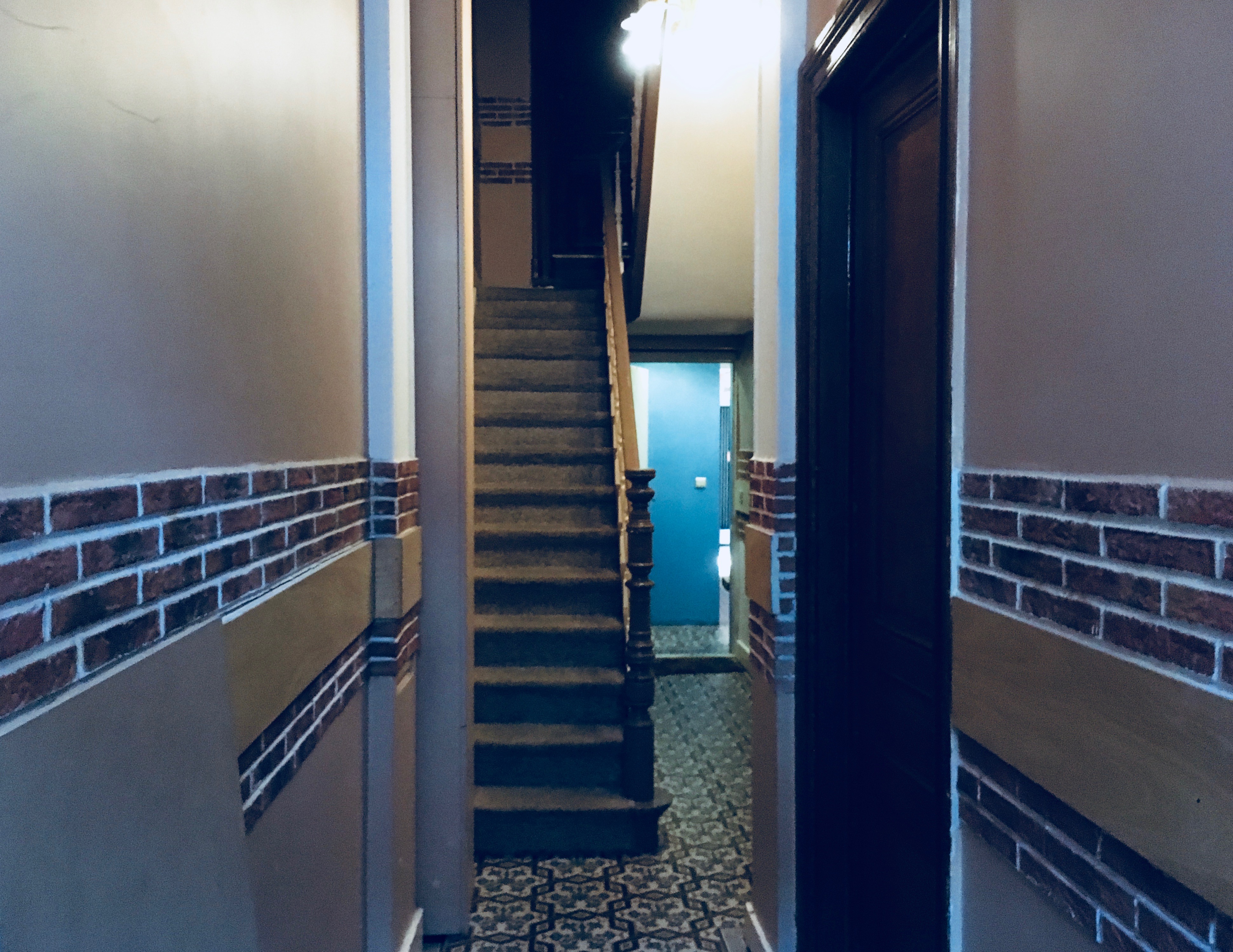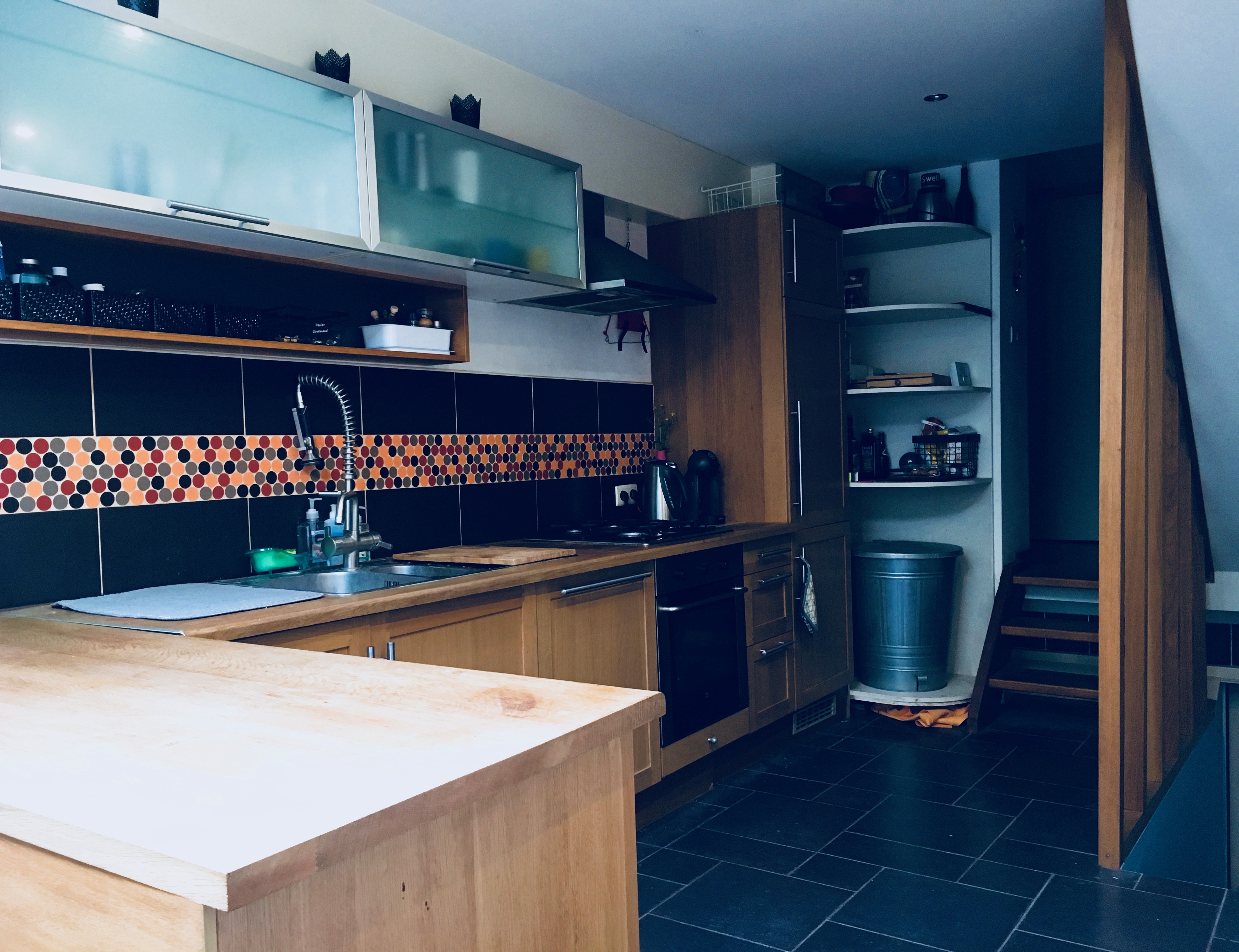World Environment Day: How safe is the air inside your home?

Most things begin at home. Sometimes, even exposure to air pollution.
Staying indoors may protect you from the toxicity of the outside world. But how safe is the air you breathe at home or in the office?
On average, we spend more than 80 percent of our time inside buildings whether in the house, at school, or in the workplace. These environments are not devoid of pollutants.
In recent decades, indoor environments have become more susceptible to pollution due to such factors as increased use of synthetic building materials, personal care and household cleaning products, and furnishings.
In certain cases, the air inside could be more toxic than outside since it carries pollutants from both external and internal sources. Enclosed spaces can also generate higher concentrations of pollutants.
This year, World Environment Day centers around the issue of air pollution. We often talk about the quality of air outside when pollution may just be as bad or even worse right under our roof.
We may not always see it coming, but polluted air can slowly and silently sabotage our health. Microscopic pollutants can sneak into our system and bring down our defences potentially leading to lung ailments, stroke, or heart disease.
According to the World Health Organization, about seven million people die prematurely each year from exposure to toxic particles in the air. More than fifty percent of these deaths are caused by indoor pollution.
In Belgium, approximately ten thousand premature deaths per year are attributed to air pollution, both outdoor and indoor.
3 major sources of indoor pollution in Brussels
More than 600 premature deaths occur yearly in Brussels due to air pollution. The Environment Agency of the Brussels-Capital Region warns against the three most common indoor pollutants in the city: volatile organic compounds (VOCs), molds, and dust mites.
Volatile organic compounds (VOCs)
VOCs are carbon and hydrogen-containing chemicals which are volatile in room temperature. Some examples are ethyl acetate, acetone, chlorofluorocarbons, benzene, formaldehyde, and methylene chloride. They are commonly found in furnishings, paints and protective coatings, adhesive removers, aerosol sprays, cosmetics, and household cleaning products.
These pollutants can have short and long-term health effects depending on their toxicity. Immediate effects include eye, nose, or throat irritation, nasal congestions, cough, and exacerbation of asthma. They can also have neurological effects resulting in fatigue, headaches, memory impairment, and difficulties in concentration. Cancer-causing substances include formaldehyde and benzene.
Molds
Molds or fungi build up as a result of moisture. They can accumulate on ceilings, walls, windows, furniture, and under carpets. Although they are typical indoor components, molds in large quantities can trigger allergic reactions and respiratory problems.
In a rainy country like Belgium, houses and buildings are frequently infiltrated by water. In Brussels alone, more than a hundred species of fungi have been detected in damp indoor environments.
Dust mites
There are about 50 thousand species of mites or tiny bugs belonging to the arachnid family. Among the more common species in Belgium are the Euroglyphus maynei and the Dermatophagoides pteronyssinus, also known as the European mite.
Dust mites feed on dead skin or dander from human and animals. As a result, they usually proliferate in mattresses, clothing, and other types of fabric. Although these hidden critters don’t pose serious health problems, their accumulated skin and waste can lower indoor air quality and cause skin reactions and other types of allergies.
Other indoor air pollutants less common in Brussels include radon, nitrogen oxide, sulphur dioxide, asbestos, pesticides, and particulate matter coming from solid fuels.

How to reduce indoor air pollution
To avoid VOCs, one option is to use eco-label paints, varnishes, air fresheners, and cleaning products. Cleaning with soap and water or vinegar is still the safest choice. Another solution is to avoid plastic objects since they contain some VOCs. You can also limit any kind of combustion such as smoking or lighting scented candles.
Mold growth can be prevented by eliminating moist items, keeping rooms dry, and installing extractor fans in the kitchen and bathroom. It can also be avoided by checking ceilings and walls for cracks caused by too much moisture.
You can stamp out dust mites by regularly cleaning bed frames and floors, washing the bedding once a week, keeping children’s toys in sealed containers, vacuuming carpets and mattresses as often as possible, keeping room temperature between 18 to 20 degrees, removing carpets and mats that cannot be washed, and avoiding laundry pile-up.
Anti-mite sprays are less efficient since they don’t eliminate mite droppings which are more hazardous to health. Most products also contain chemical pollutants.
The most imperative, according to Brussels Environment, is to keep indoor environments well ventilated. You can improve air circulation naturally by opening doors and windows or mechanically by using fans and air conditioners.
Of course sufficient ventilation can only work if the air outside is clean, which brings us back to the importance of taking action to protect our environment, whether indoor or outdoor.



